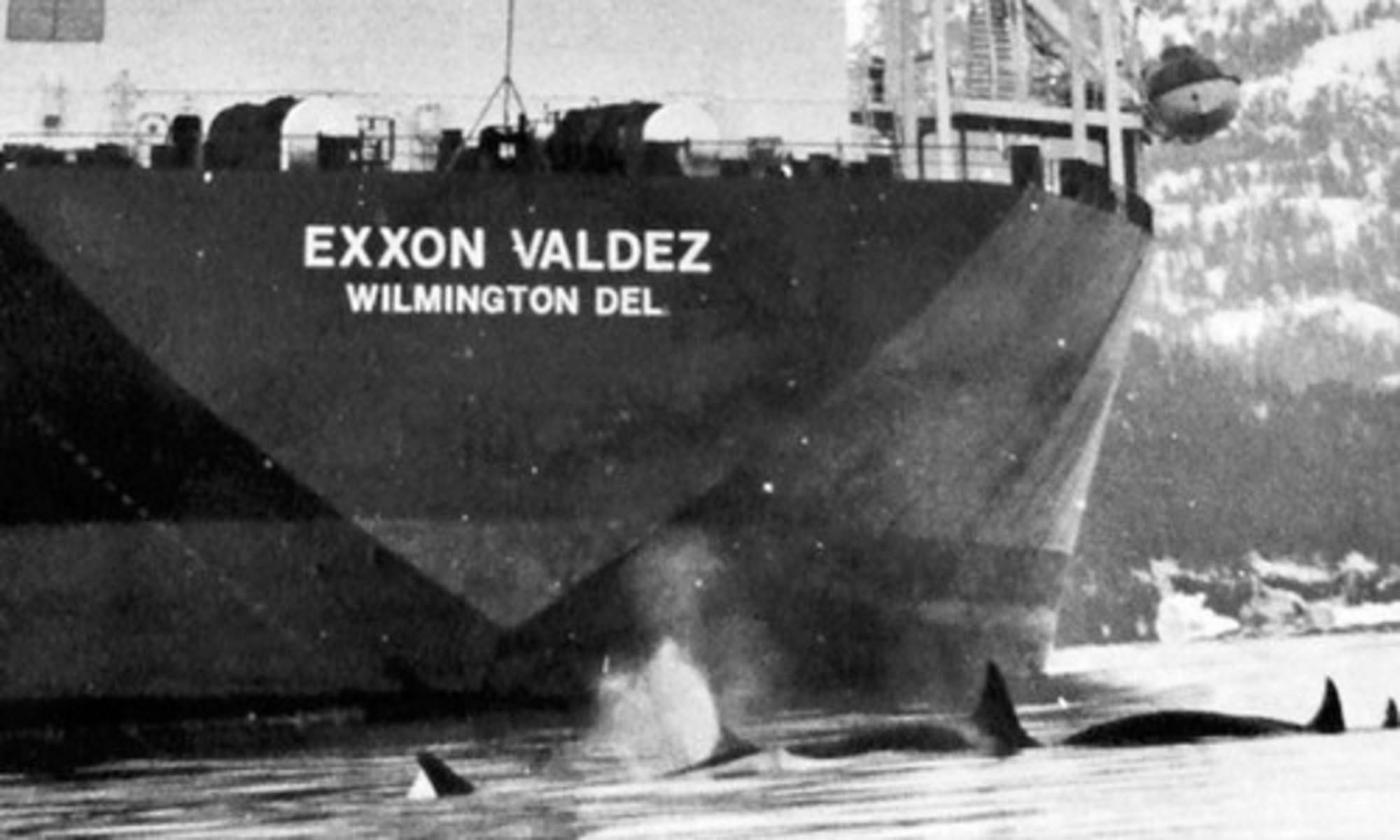National Oceanic and Atmospheric Senior Biologist Gary Shigenaka gave a lecture on oil spills and cetaceans on Aug. 29 as part of The Whale Museum’s Summer Lecture Series. Shigenaka works in the agency’s emergency response team. One of his first emergencies to respond to was the 1989 wreck of the Exxon-Valdez tanker in Prince William Sound, Alaska.
In the 1980s, the general consensus throughout the scientific community was that cetaceans — an infraorder of animals in which orca belong — would detect surface oils and avoid them, Shigenaka explained. The Exxon-Valdez was evidence that belief was wrong — potentially. Up to 22 orcas died as a result of the spill, he explained, and there are photos that show orcas were not avoiding the oil.
“They were right in the middle of it,” Shigenaka said, explaining that the several orcas in Alaska were reported missing after the disaster. “The evidence is not really strong. It doesn’t connect the missing members to the oil spill.”
According to Shigenaka, a 2019 study showed that the salmon-eating resident orca AB pod of Prince William Sound is not recovering as expected following the 1989 spill.
“[Scientists] are predicting their extinction,” Shigenaka said.
A second pod, the mammal-eating transient orcas of AT1 was recovering slowly but has flatlined since 2001, Shigenaka explained.
“The reproductive females have all died,” he added, saying that it’s all circumstantial evidence and does not directly link to the oil spill.
In total, animal casualties directly related to the Exxon-Valdez incident were 250 bald eagles; 300 harbor seals; 2,800 sea otters; and 250,000 birds, Shigenaka said.
A second oil-related environmental disaster that Shigenaka worked on was the Deepwater Horizon of 2010 in the Gulf of Mexico — the largest oil spill in history.
“After the rig sank we all held our breaths,” Shigenaka said, adding that there was no oil seen on the surface. “What was going on below the surface was much, much more serious.”
There are a lot of marine mammals in the Gulf of Mexico; according to Shigenaka, many of those are endangered.
“These animals, too, were exposed to oil,” Shigenaka said. “Even if they had an inclination to, … there was no way they could have avoided all the oil.”
Along with 11 human fatalities in the explosion of the oil rig, there were 105,400 birds that died, 167,600 sea turtles and 51 percent of the Barataria Bay dolphins, according to Shigenaka. There are 32 stocks of bay, sound and estuary bottlenose dolphins along the Gulf of Mexico, he explained. Thirteen of those stocks were oiled by the spill.
“For marine mammal scientists, it offered an opportunity to look at potential impacts to these exposed animals and compare them to animals from other areas that were not exposed to oil,” Shigenaka said.
Barataria Bay is just to the west of the Mississippi River delta and was the most oiled area along the Gulf, Shigenaka explained. A lot of oil went into the bay and remained there for a long time.
“These animals were very heavily exposed and they just looked really bad, too,” Shigenaka said. “They were obvious candidates to be examined forensically to see if we could figure out what the oil was doing to them.”
Among marine mammal scientists there is a term known as an unusual mortality event, Shigenaka said. It’s when there seems to be an aggregation of dead animals that leads to an investigation to determine what is causing the deaths. Following Deepwater Horizon there was a spike in deaths in the Gulf leading scientists to study the event.
Using live dolphin health assessments; forensics of dead animals and tagged and biopsy sampling, scientists were able to determine the animals’ poor health in the oil-saturated areas, Shigenaka explained. The injuries included lung disease, adrenal failure and decreased reproduction abilities.
“Pretty significant impacts to these animals that were exposed to oil for at least a year, sometimes longer,” Shigenaka said. “We have a much more refined concept of how oil affects these animals. We know it’s not good for them.”
So what do these events say about what may become of the Southern residents if an oil spill should occur in the Salish Sea?
“I’m not exactly sure what to say,” Shigenaka said.
Orcas are sinks for chemicals, Shigenaka explained, and are “obviously” physically stressed to begin with.
“It remains a big threat to the Southern residents. … If our track record remains consistent, we’re going to spill [oil],” Shigenaka said. “The risk is high. The threat to these animals remains high.”



